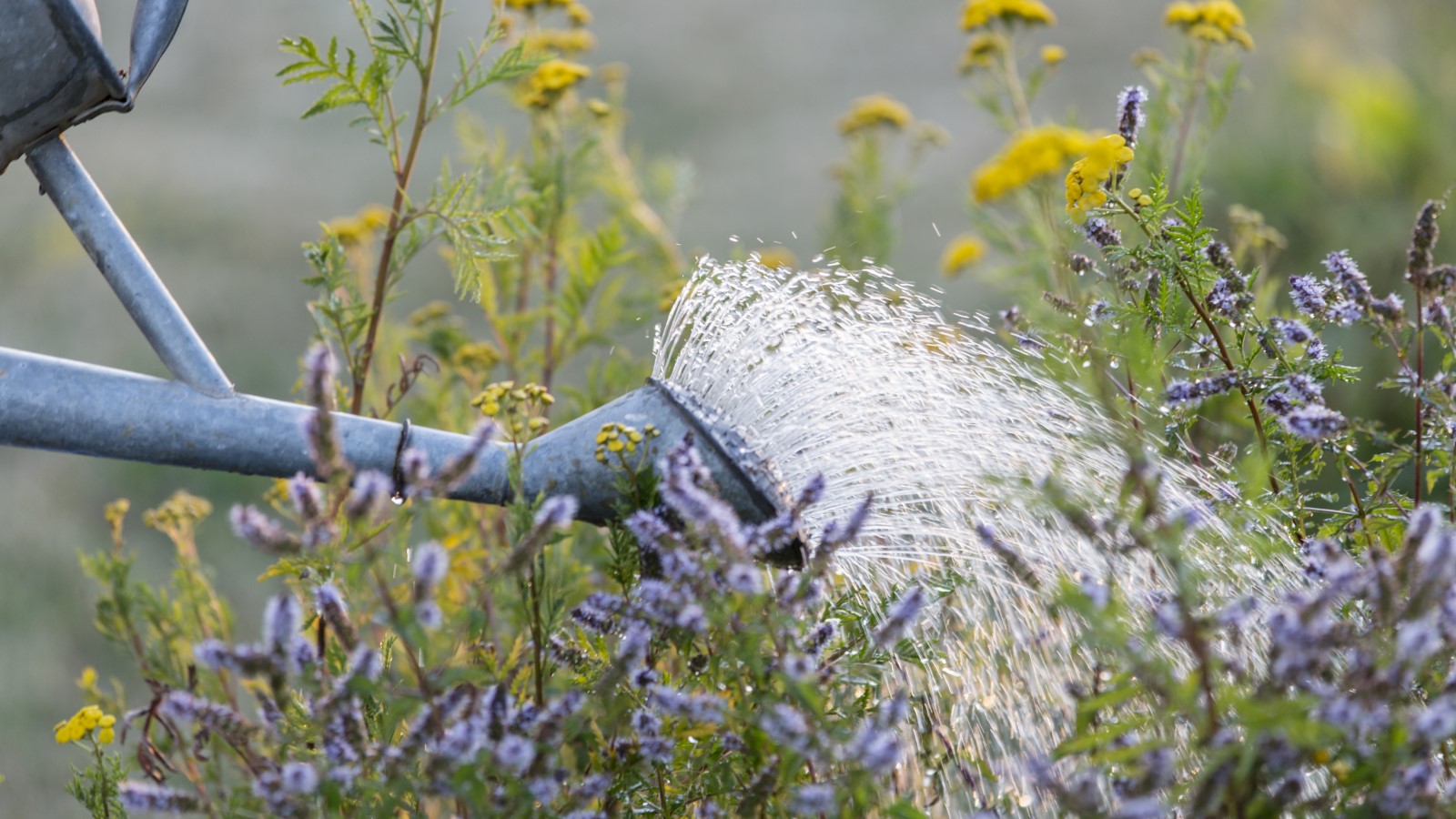
Watering is an absolute essential for all plants you are growing, whether it is ornamentals in herbaceous borders designed for flowers and dazzling color or vegetables destined for the dinner plate.
Decisions have to be made year-round for both when to water plants and how to water them. Whether they are growing in the ground, or in a container, correct watering can mean less work for you and healthy plants.
It should be no surprise to hear that during my years as a professional gardener, I did a lot of watering. As a dedicated home gardener, I still do spend a lot of time monitoring plants and watering as required. I know that by being more planned and targeted with my watering, I can be more efficient. It saves me time, saves water, and also benefits my plants.
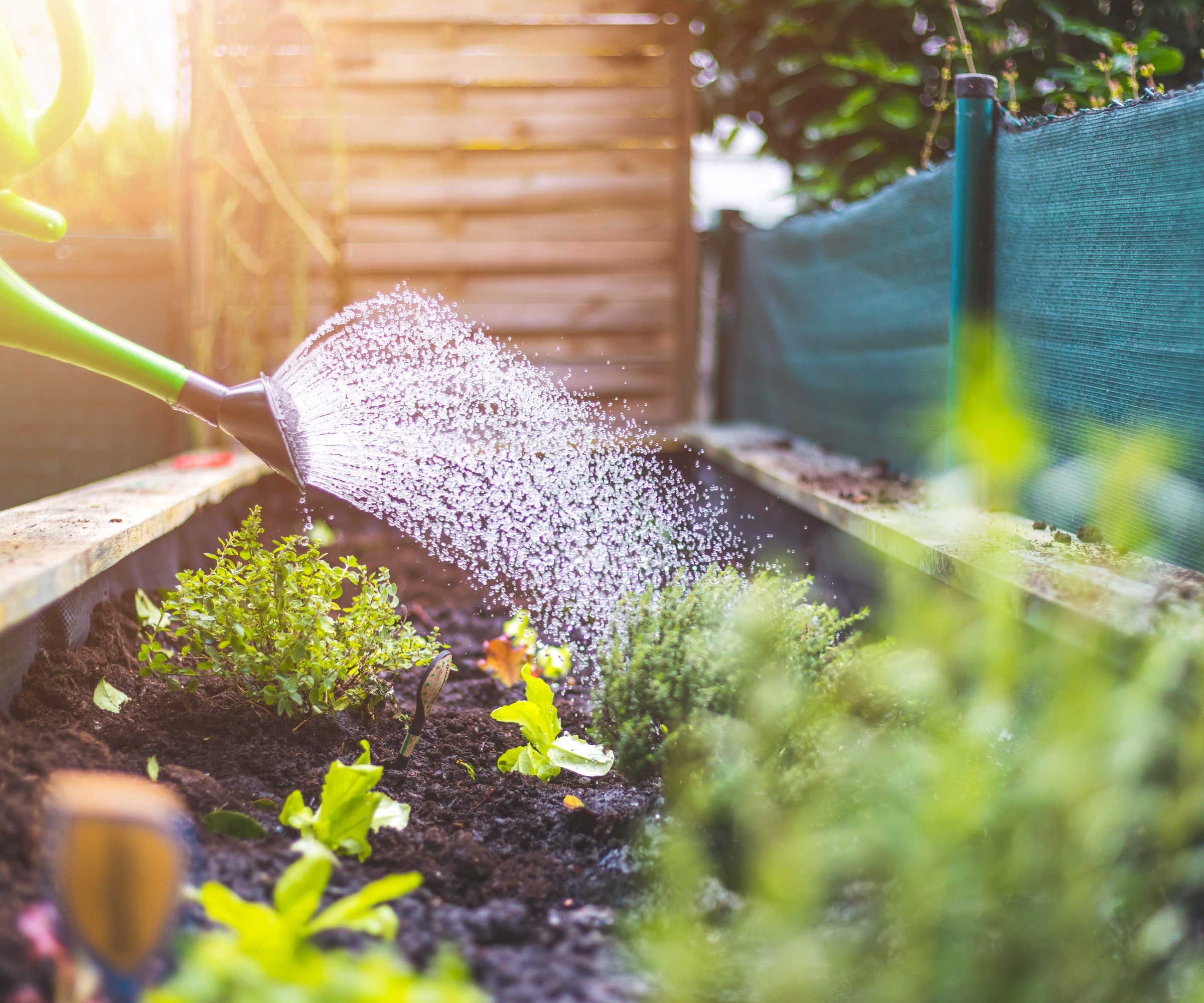
How to water plants effectively
There are many different ways of how to water plants, and each can bring their own advantages and disadvantages.
The most common method, and one I usually prefer, is watering by hand, using watering cans or hoses to hydrate plants. This can be laborious and there are alternatives, such as seeper hoses, drip hoses, or sprinklers. We love this Eden sprinkler system from Amazon. These automatic irrigation systems remove the need for a person to haul cans or hoses around the yard and I have used them effectively to water plants, though sometimes they can not be the most efficient and are liable to break.
Water is a precious resource and it does need to be used as effectively as possible. It is beneficial that more and more home gardeners rely less on merely just putting huge quantities of mains water in their garden and water both more precisely and more efficiently.
We take a look at 10 ways to effectively water plants which means you are not wasting water and also helping to promote the growth of strong, healthy plants.
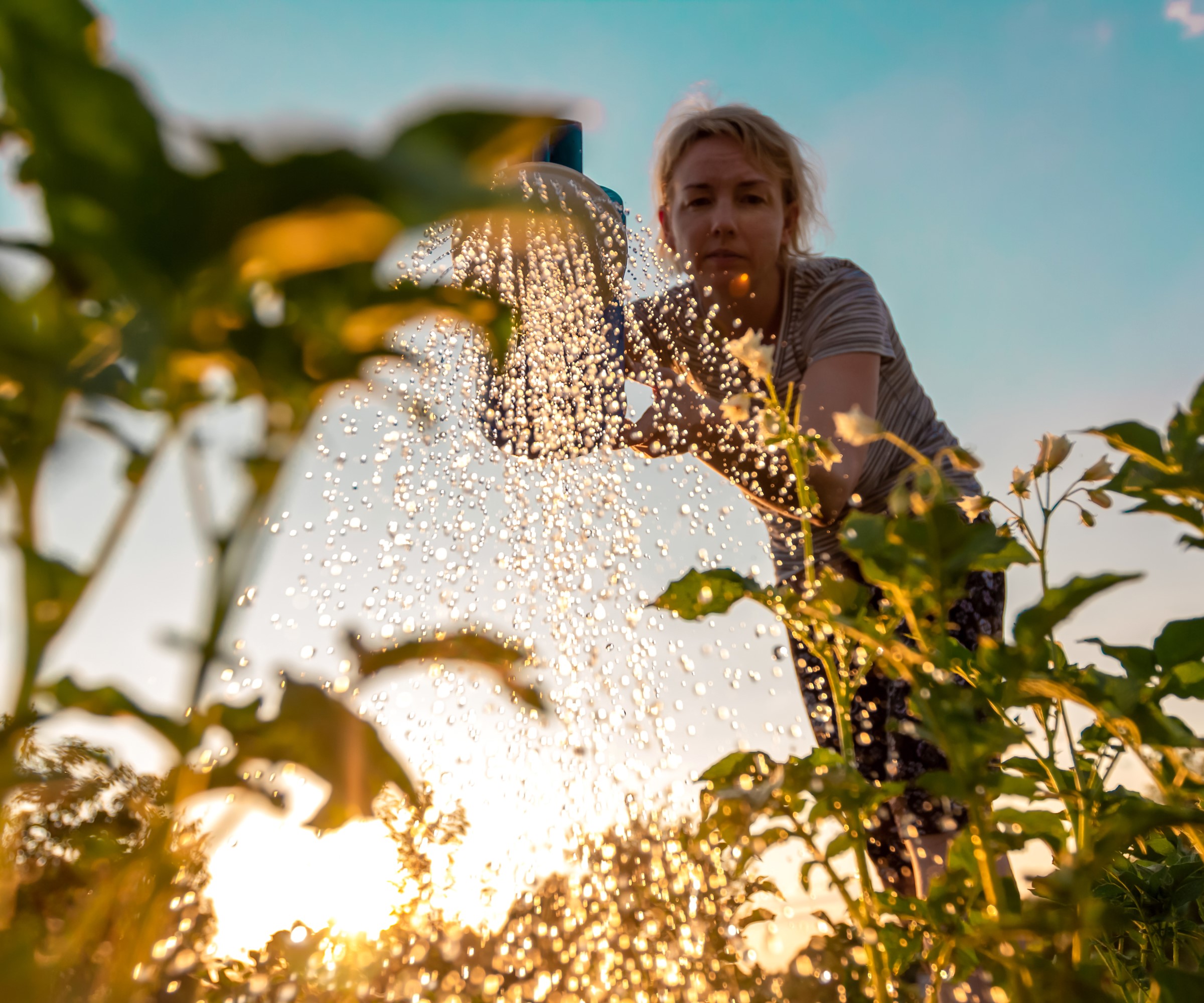
1. Water the soil
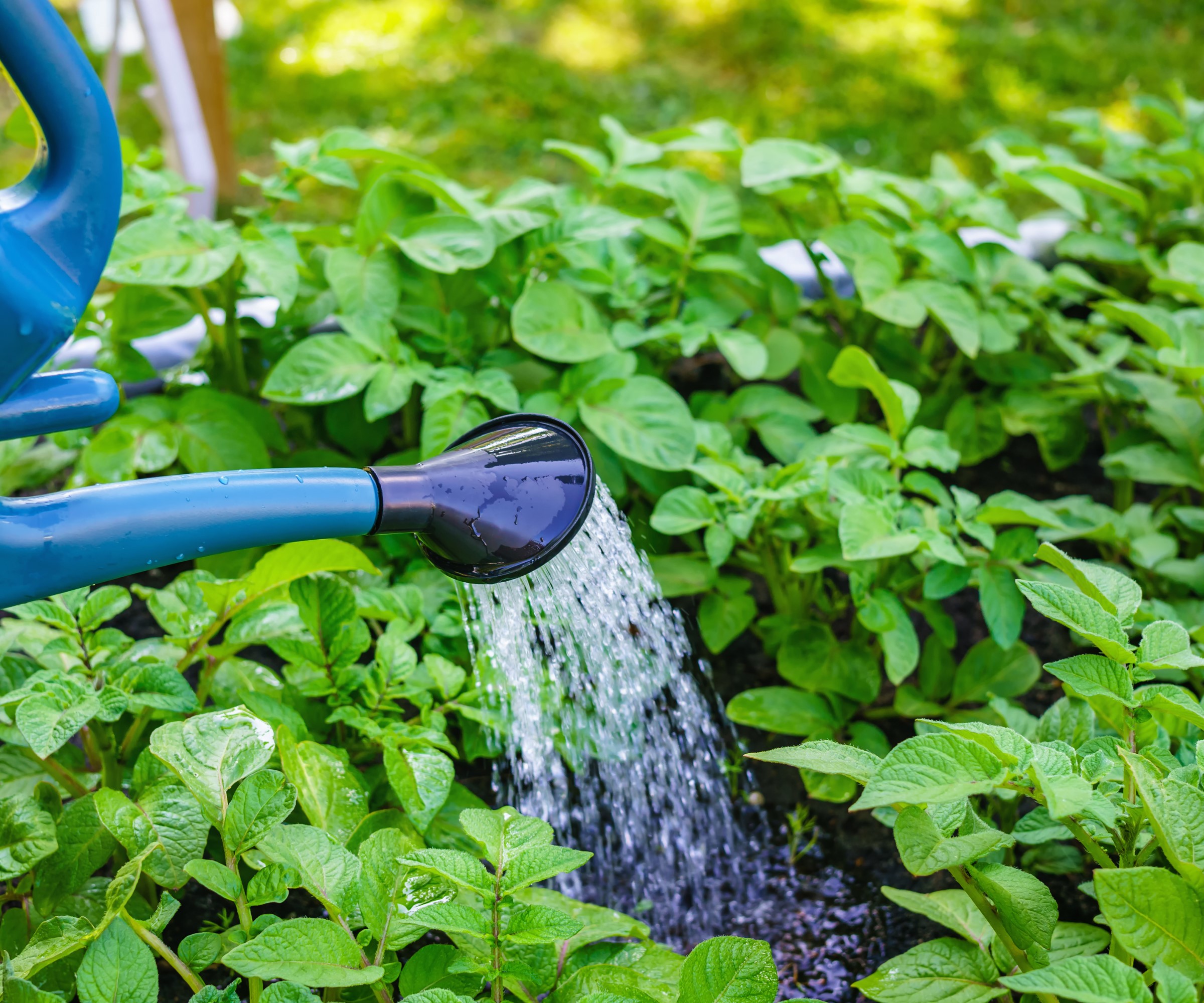
To make watering the most effective you want to get the most water possible to where it is needed the most. Plants take the water they need through their roots, absorbing it from the soil around them and moving it around internally. Getting the water into the soil where it is needed is the most important part of watering, so focus any watering at the base of the plants rather than on the foliage.
Getting the foliage wet merely means that water will evaporate off the leaves without ever making it to the roots, and also increase the risk of common fungal diseases such as powdery mildew. The size of the plant’s root ball is likely to be the same as the size of the plant above the ground and may be a few feet deep, so make sure to water well to thoroughly soak that root ball.
If you are using a watering can or hose out watering in a flower bed or vegetable garden, then aim the water at the soil. Drip irrigation or seeper hoses are great options to focus the water at the ground level.
2. Water deeply
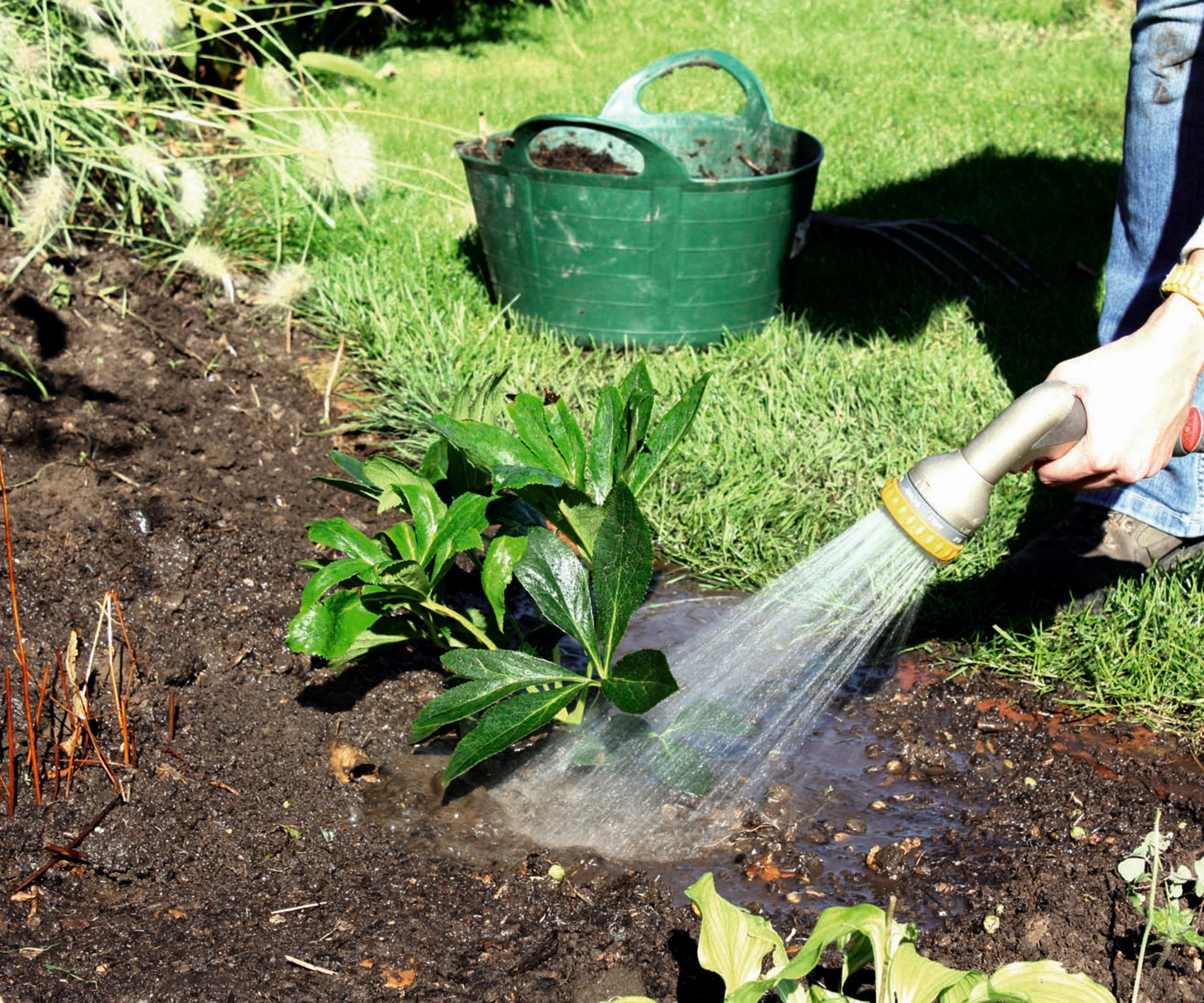
Plants will be happier if they are watered deeply and that aforementioned root ball gets a good soak. It is more beneficial to water deeper and less often, giving the roots a good drink at intervals is better than frequent and shallow watering.
Deeper and infrequent watering encourages the plant to develop deep and wide-spreading roots that can be beneficial during periods of drought. On the other hand, watering shallower and more often, which is a common garden watering mistake, encourages roots to sit closer to ground level. This can leave the plant more susceptible when hot weather hits and the surface dries out quickly.
3. Water slowly
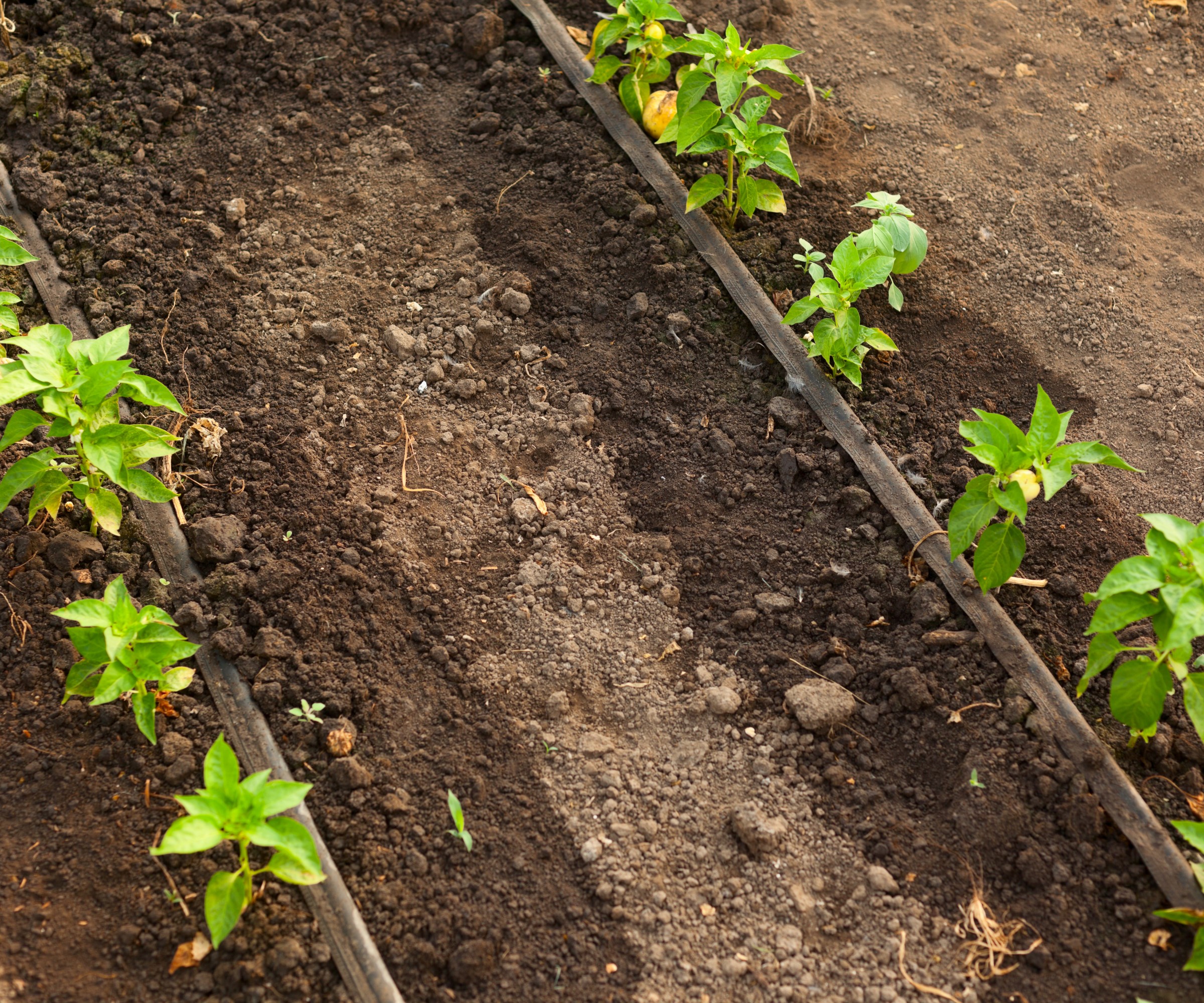
Watering slowly can help the plants absorb more of that essential moisture. Rather than quickly dispersing large amounts of water, which can easily lead to water running off or puddling, start releasing the water slowly and build up. This helps the water penetrate deep down into the soil to the zone where the roots are waiting to lap it up.
If you are using a watering can or hose, then start the water flow lower or attach a rose or wand that can reduce the speed of the water coming out of the nozzle. An example of a watering wand to attach to a hose is the RESTMO Watering Wand available at Amazon which has 10 different water patterns, ranging from jet to mist. Drip or seeper hoses are useful tools in this regard, as they slowly release water over an extended period to thoroughly soak the soil around the base of the plants.
4. Water when dry

It may seem obvious to say, but watering when the soil is actually dry is better than watering already-damp ground. By doing so, you are not wasting water or putting the plant's health in danger.
Check the soil regularly to water at the right time to avoid over or underwatering. Use your finger to check the moisture level a few inches down into the soil. Even when the surface of the soil looks dry, there can often be moisture further down away from what the eye can see and adding more increases the risk of overwatering.
If the soil feels dry a couple of inches down then it is time to give the plant a thorough watering. Continuing to add more water when the soil is already damp can lead to overwatering outdoor plants and leave them at risk of root rot. It is, thankfully, possible to easily fix an overwatered plant, however it is always better to not let it get that far.
5. Water early in the day
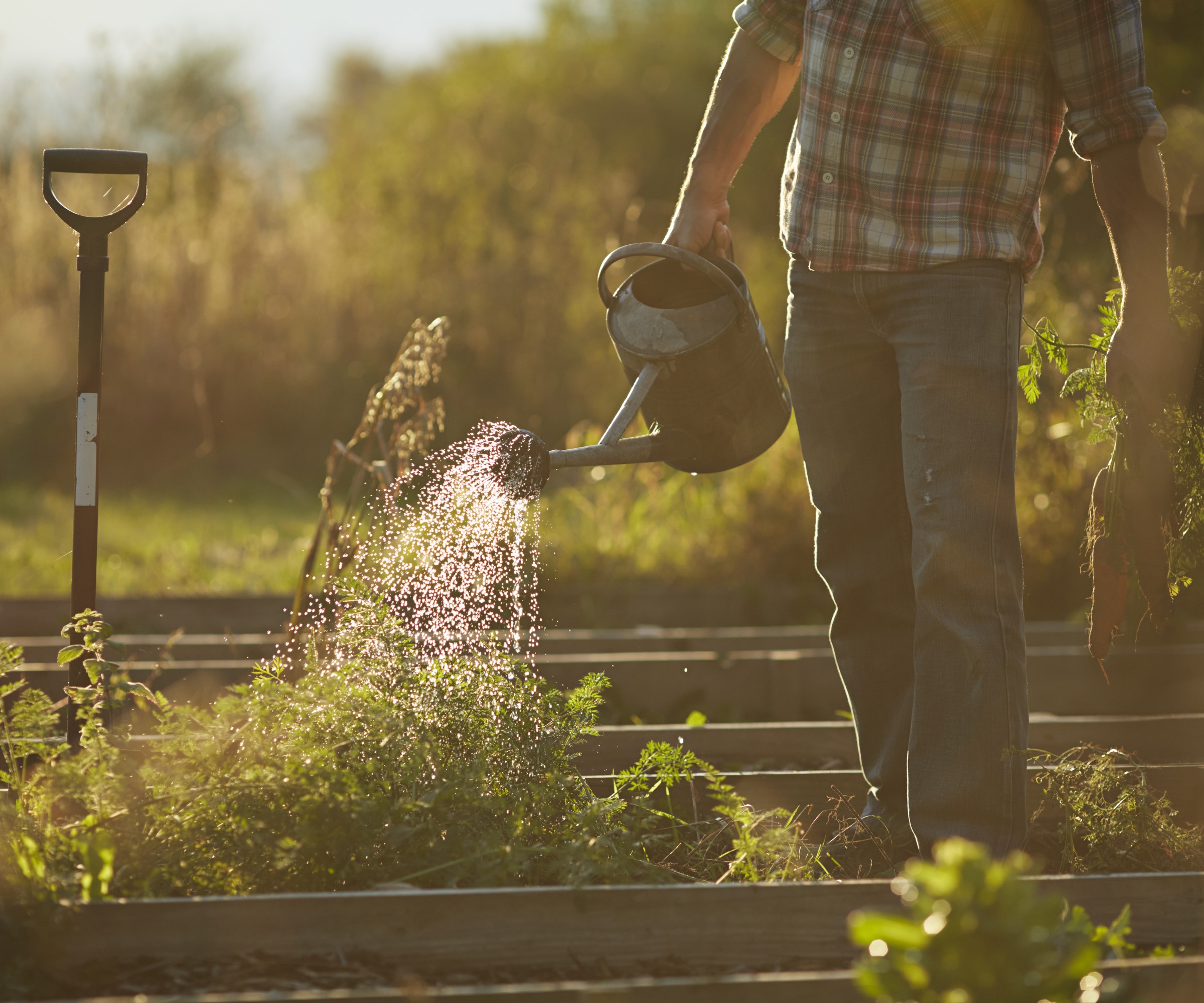
When planning when and how to water plants in the ground, especially during the warmer months, it is best to water early in the morning before the sun starts to heat up for the day. By watering during these cooler hours it reduces the risk of evaporation, as watering in the heat of the day can see a huge amount of the water lost before the plants can take it in.
Watering early in the morning also gives the full day for any water on the foliage to evaporate away and reduce the risk of fungal diseases. If not the morning, then watering in the evening is the next best option. Again, the cooler temperature reduces evaporation but it does come with the risk of water sitting on foliage overnight - so it makes it important to not overhead water the plants at this time of day.
6. Use rainwater
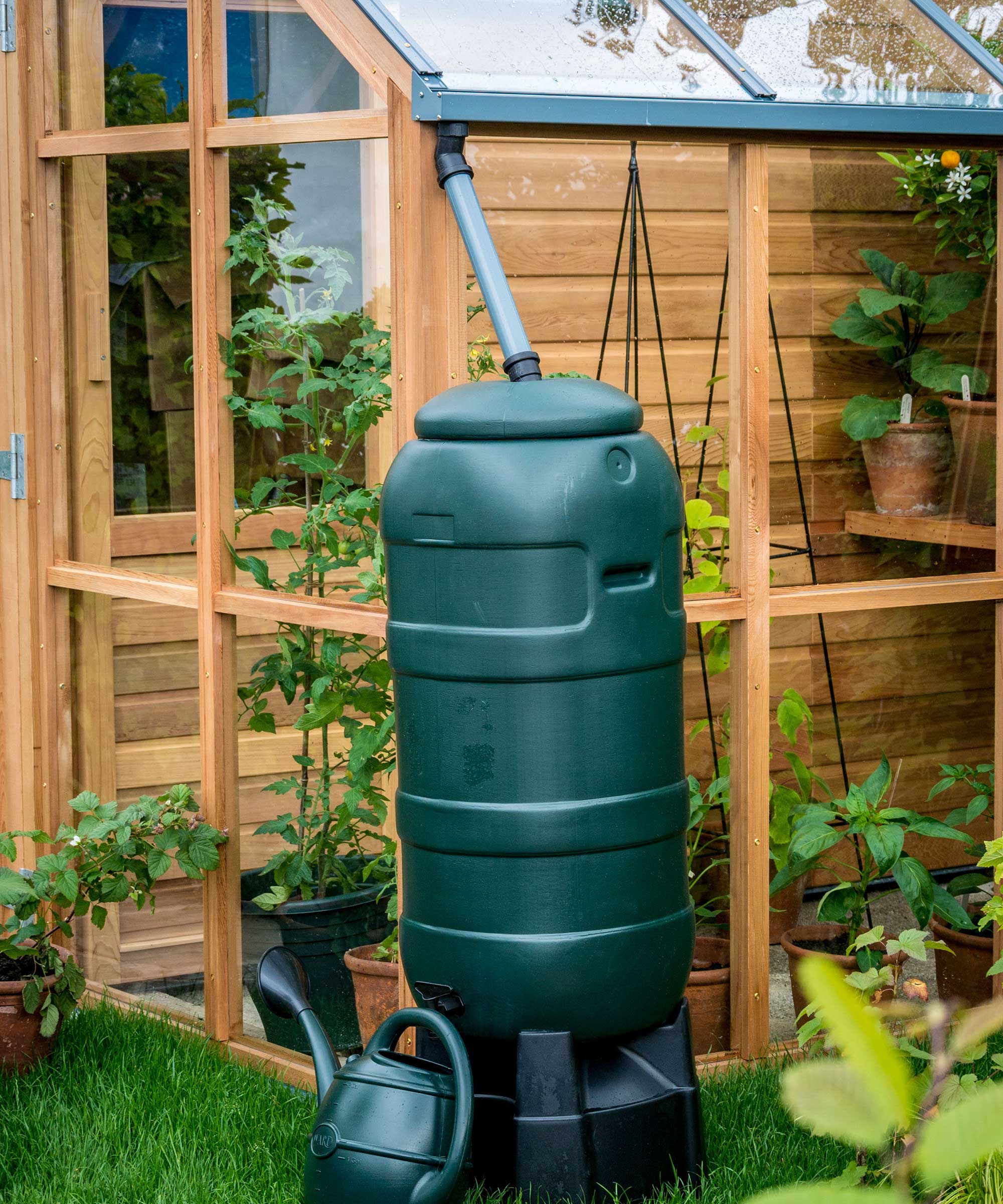
Plants prefer natural rainwater as it has a lower pH than mains water and also is free from salts, chemicals, and minerals that can be found in other water sources. Any build-up of chemicals and salts can affect plants, which can especially be a problem in houseplants. Rainwater is natural and also contains small amounts of nitrogen, one of the key nutrients plants need to thrive. There are many ways to harvest rainwater, including adding the likes of a rain barrel or a rain chain into your yard. There is a range of rain barrels available to buy at Amazon. It may, of course, not always be possible to use solely rainwater, but the more you can the more your plants will thank you for it.
7. Use mulches
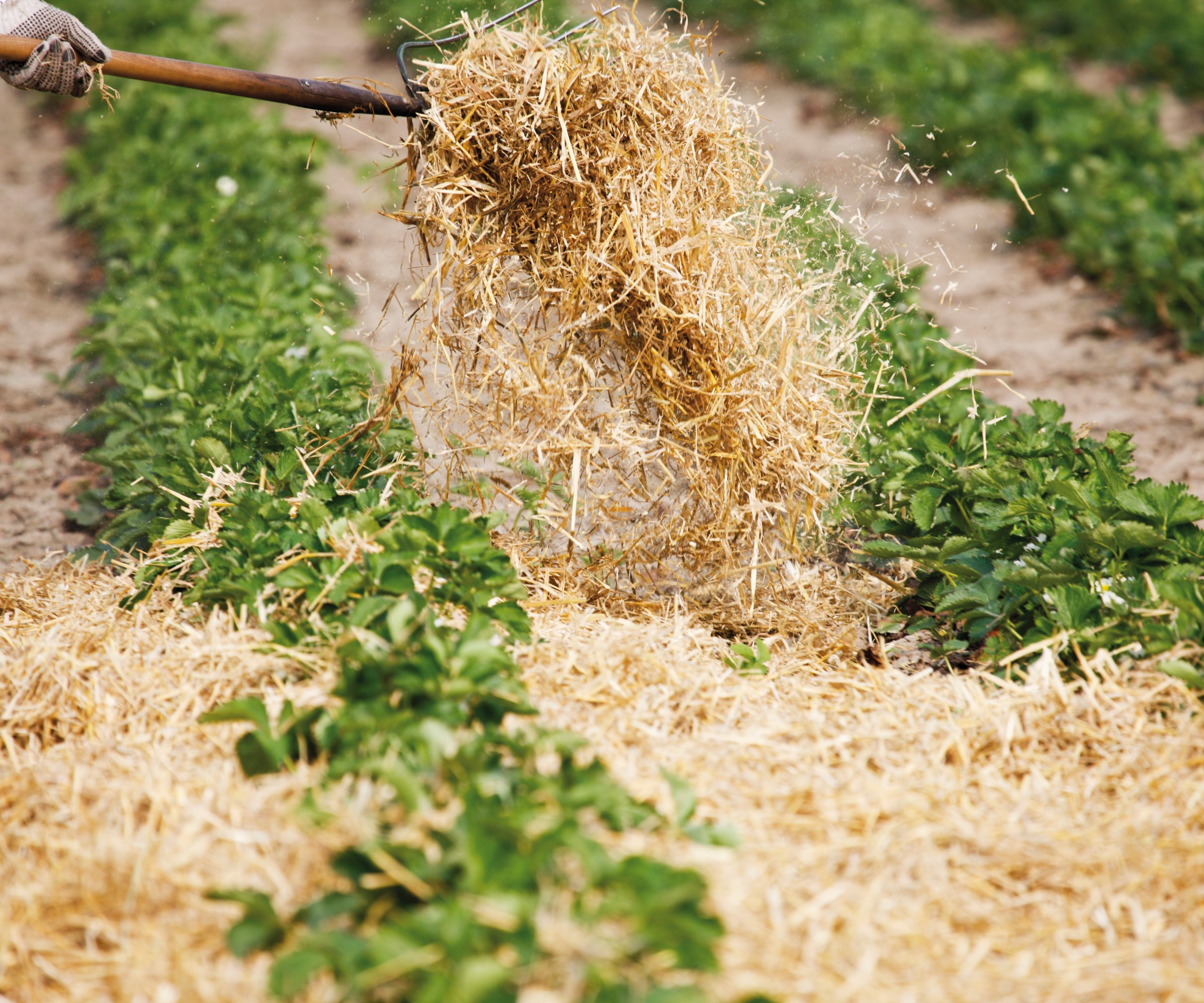
Mulching can be a valuable tool to help with when it comes to how to water plants, and how often you will need to water. Adding mulches like compost or well-rotted manure before planting can help to improve soil types and increase the ground’s water-holding capacity, meaning more water can be locked into the soil readily available for roots.
In addition, using mulches to shade the soil can help to conserve moisture in there and not lose it to evaporation, which can be beneficial when watering plants in hot weather. This will have a marked difference in how much you have to water and, finally, adding mulch will mean fewer weeds that compete for any moisture there is with your precious plants. All-in-all, mulching can be a massive help for keeping soil moist in summer.
8. Water new plants frequently
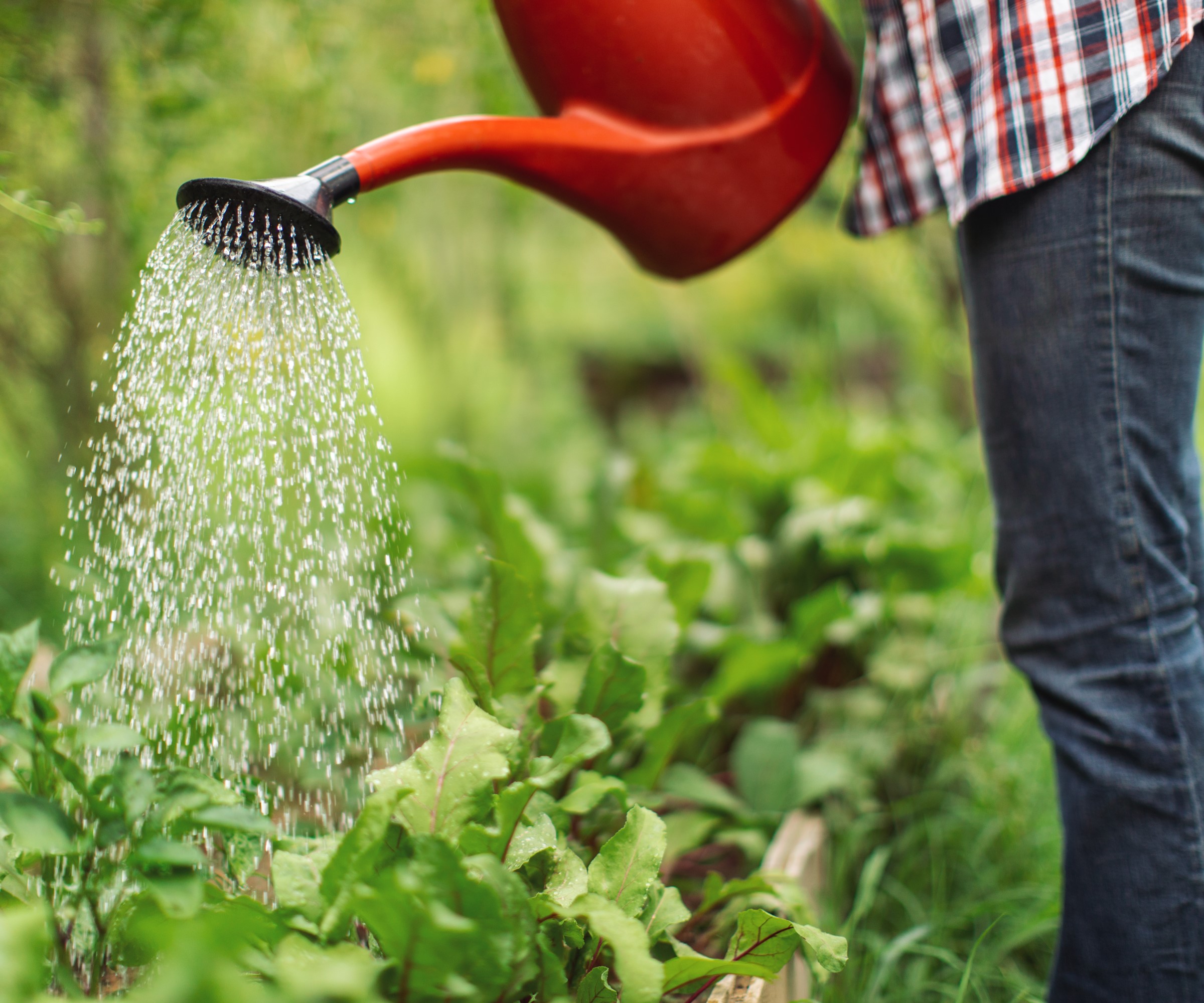
Any newly-planted plants or young seedlings will always need regular watering as they develop roots. It is important to monitor and check them very carefully as their lack of established roots leave them more susceptible to periods of hot weather. Even drought-tolerant plants will need regular water for the first year until they get established.
If you have direct-sown seeds, or transplanted seedlings, then they are likely to need daily watering during the summer months and should never be left to dry out. Annuals will need regular watering after planting to ensure they get a good start to life in their final position, while any newly-planted perennials will need to be watered every few days during their first season in the absence of rainfall. Even new trees should be watered at least every week during a hot summer.
9. Know your plants
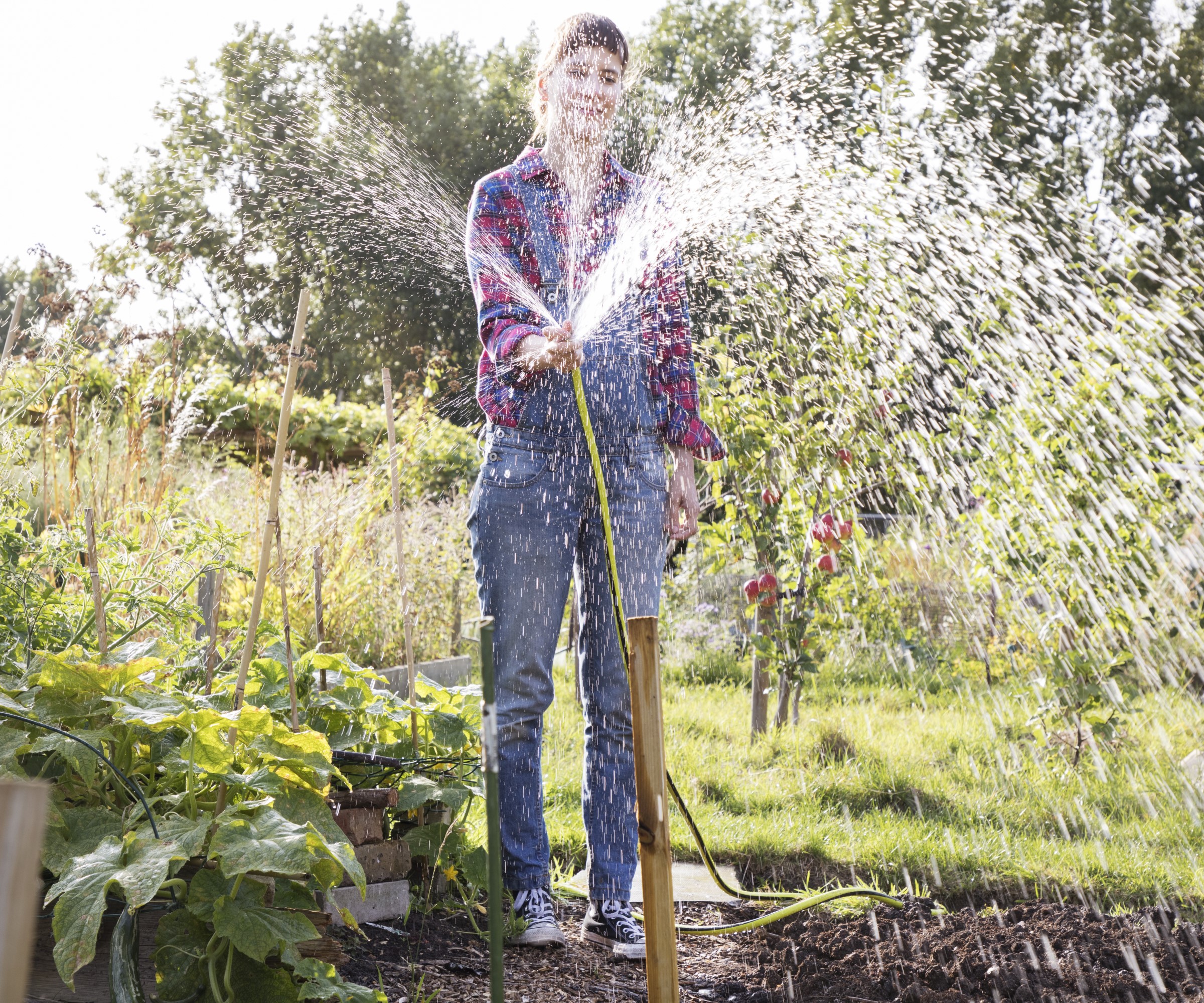
Watering is not a one-size-fits-all approach and there are a whole host of factors that need to be considered. It is a huge advantage to know your soil and also understand your plants. The amount of watering required will be influenced by the soil, climate, and the type of plant. For example, plants in drought tolerant landscaping ideas will be able to cope in dry conditions, while there are plants out there that prefer constantly moist soil. If you do not understand what each plant requires, then you risk falling foul of over or underwatering it.
10. Water from the bottom
A good way of how to water plants in pots is to soak them from the bottom, by sitting the pot containing the plant in a container filled with water. The soil soaks up the water, acting like a sponge, and draws the moisture in around the root zone and eliminates any risk of water getting on foliage. This tends to be only possible in plants in smaller pots and is a good way to encourage strong development of roots. An alternative way of how to bottom water plants is to use self-watering planters, which are pots with a self-contained water reservoir from which the soil draws up moisture to keep the plant hydrated.
FAQs
How much water should I give my plants?
There are a large number of variables when it comes to watering plants and it is impossible to predict how much water any plant needs. If the plant is in the ground or container, a sunny or shady spot, the size of the plant, and also the weather all play a part in how much water a plant needs, and how often. Check regularly and water deeply when the top few inches of soil are dry, making sure to monitor more often during the summer months and keeping an eye out for any signs of wilting.
Is rain water enough to water plants?
Providing there has been enough rainfall to sufficiently water plants, then rainwater is enough to water plants. Rainwater has benefits for plants, but its presence will depend on location, climate, time of year, and whether you have been collecting it. During the summer months in many US hardiness zones, there may not be enough rain water to irrigate plants. This is where it will need to be supplemented with other water sources. This can come from mains water, while you can also water plants with bath water or water plants with distilled water.
How do you water hanging plants?
It can be difficult to water hanging plants due to their location, so you may need a step ladder or stool to get up to the height required. A long-neck watering can is often the best option, such as this watering can with a removable long sprout at Amazon, while alternative ways for watering hanging baskets include getting self-watering baskets or using drip irrigation. When watering hanging plants there can be wastage from watering draining out of the bottom, so consider using something to catch that excess water in the vein of self-watering baskets that catch it in their reservoir.
How can I water plants while away?
How to water plants while on vacation is a common concern for all home gardeners. However, there are tools out there that can be utilized to ensure your plants, both indoors and outdoors, are cared for properly. You can get drip irrigation systems that come with timers or soil moisture meters, while more low-tech options include using old wine bottles as slow-release watering stakes or DIY drip irrigation systems that can be made out of plastic bottles. A garden olla, which can be made using two terracotta pots, is a historic way of keeping the soil moist and capable of keeping plants hydrated while away.
Watering admittedly can be a tricky skill to master and there are many potential pitfalls to overcome. If you try to follow many of these pointers, it can help to make any watering you do more efficient and reduce the risk of your plants succumbing to watering-related issues or fungal problems.







